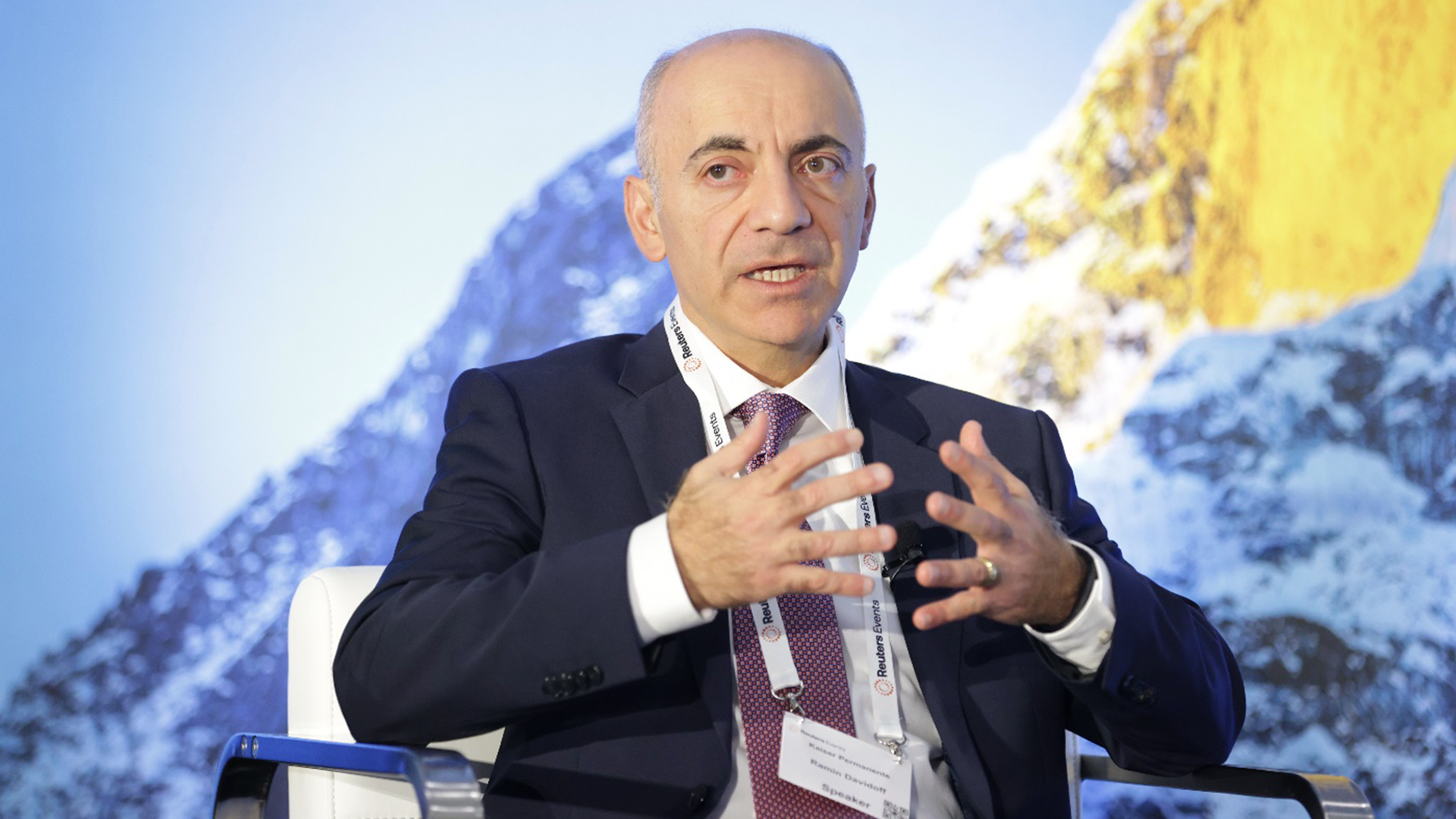Co-CEO of The Permanente Federation recognized for prioritizing physician wellness, improving care quality, and driving advancements in AI.

Building the health care workforce of the future

Futuro Health, a new nonprofit formed in partnership with Kaiser Permanente and Service Employees International Union-United Healthcare Workers West launched in California in January with a mission to grow the largest network of certified health care workers. While focused on solving to the supply of and building competencies of allied health care workers in California, our work is ultimately for the country.
I’m thrilled to be a member of Futuro Health’s Board of Directors on this venture. The solutions we implement in and learn from California will be, in many ways, applicable to how we must solve the same challenges we face in Oregon and Washington, Colorado, Georgia, Maryland, Virginia, Washington, D.C., and Hawaii—communities where Kaiser Permanente operates—and, yes, for the rest of the country.
What problems are we trying to solve?
By 2024, at the current rate of annual demand, California will need about half-a-million allied health care workers. 75% of that demand is driven by the top 10 allied health care professions, among them medical assistants, nursing assistants, licensed practical/vocational nurses, home health aides, and so on. At least 50% of medical service areas in California have supply gaps in allied health, such as seen in San Francisco and Sacramento. Unless we do something different, disruptive and transformative, we will not meet the demand. Issues are multiple, including but not limited to the following:
- Lack of highly reliable pathways to supply the needed workforce. The majority do not provide affordable high-quality education and training. Completion rate for matriculants of these programs is dismal.
- Limited career mobility/advancement pathways once a worker settles into these roles like medical assistants. And there’s over 8% turnover across the roles.
- Adaptability is key. As we automate roles, evolve and innovate care models, the roles themselves are disappearing or evolving. The current models of education and training models all need to be re-engineered and modernized if we are to be able to re-train and skill up, for example, behavioral health and coaching skills, and critical thinking skills.
- An aging population will be retiring from most of these roles. The population of those 65 and older in California will grow by more than 65%. And the aging population, in general, require more health care.
- Addressing health, educational, and social inequities for this workforce is foundational and not dissimilar to the work we are doing in health care for our patients.
In the end, what we need is an ecosystem of program design and governance; recruitment of students/trainees; partner educators and training programs to reshape career pathways; employer partners including clinical facility locations; and money.
At Kaiser Permanente, as we have and are continuously redesigning care models, our medical assistants have long evolved from the person who rooms patients and takes vital signs. Many are at the frontline of population health and closing care gaps, which, in turn, contribute to high-quality outcomes, whether that’s cancer screening rates or immunization. Many act as scribes, elevating their competencies and our physicians’ efficiencies. Adaptability is king. Curiosity, ambition, and a drive to improve one’s life and those of our patients are all intertwined. It’s inspired.
I have an amazing front row seat in this great ecosystem of innovating and transforming medical education, sitting on the founding board of the Kaiser Permanente Bernard J. Tyson School of Medicine, and now here at Futuro Health with the opportunity to connect education and training of our future and current allied health professionals. I am truly grateful for the opportunity and excited for the learnings and future impact on our communities.
Imelda Dacones, MD, is president and CEO, Northwest Permanente, and serves as chair of the National Permanente Executive Committee, The Permanente Federation. This originally appeared on LinkedIn.


